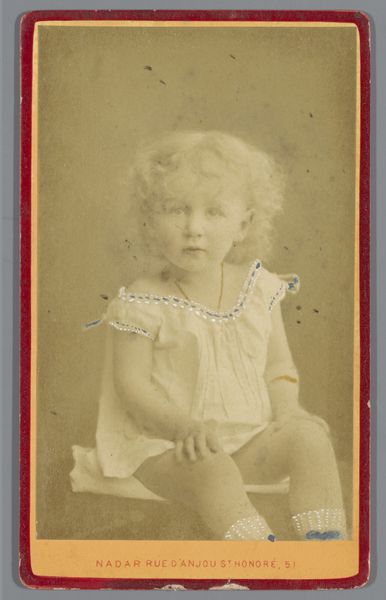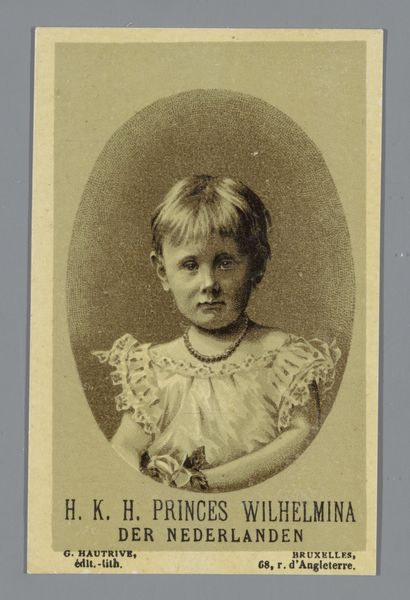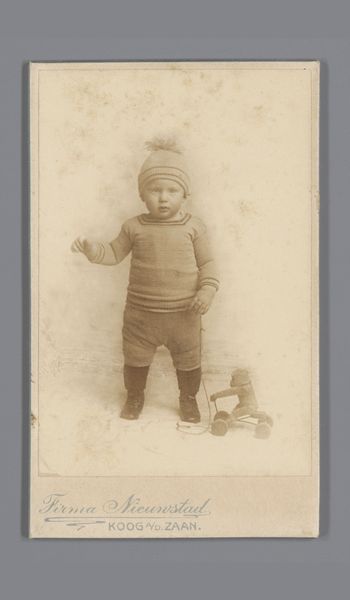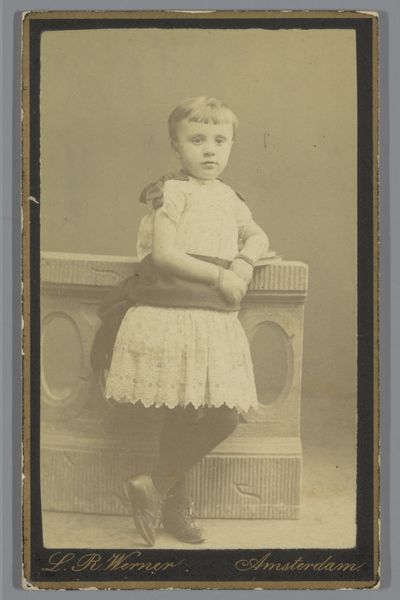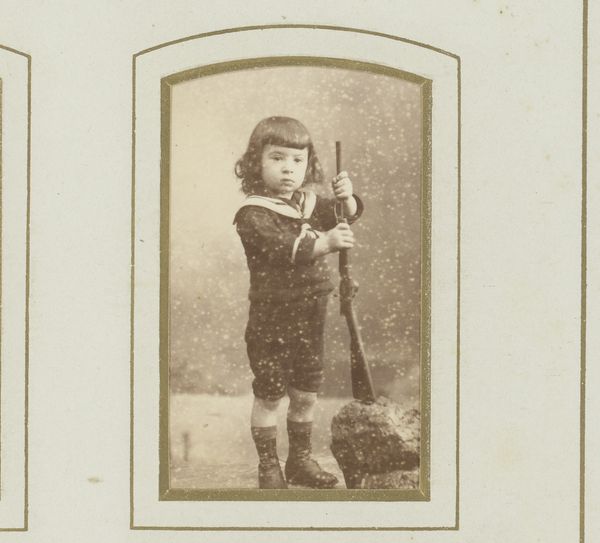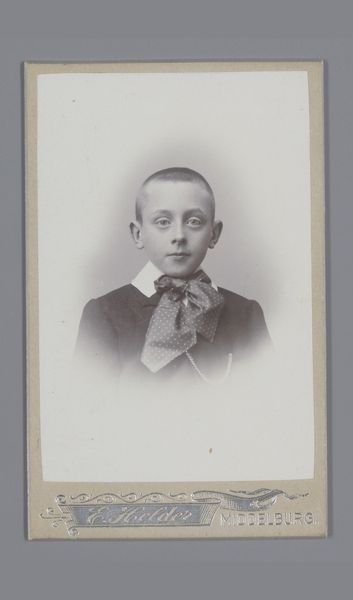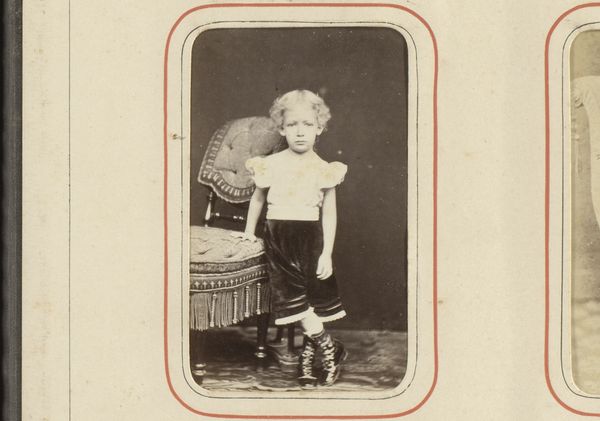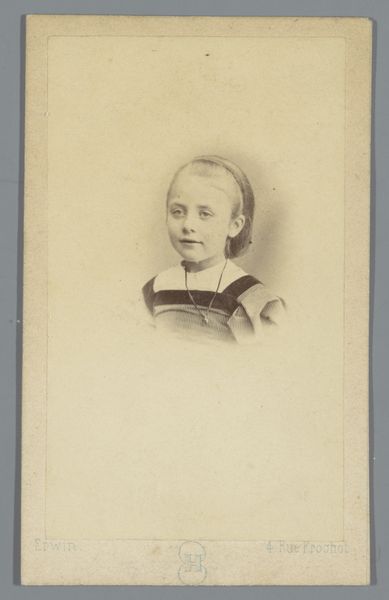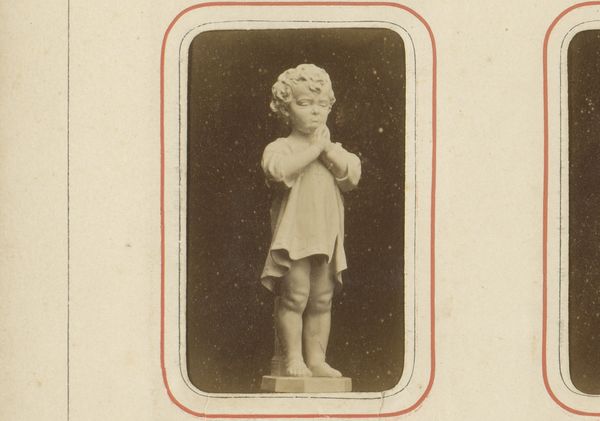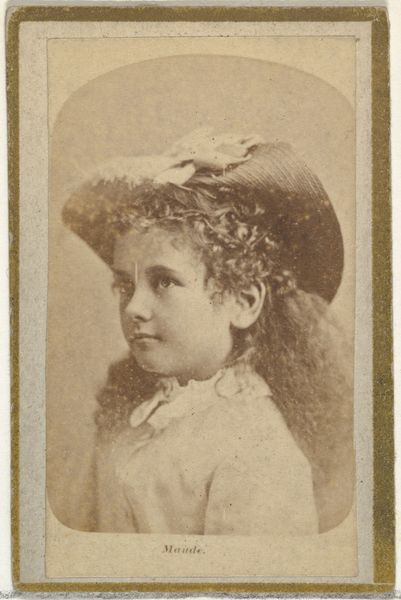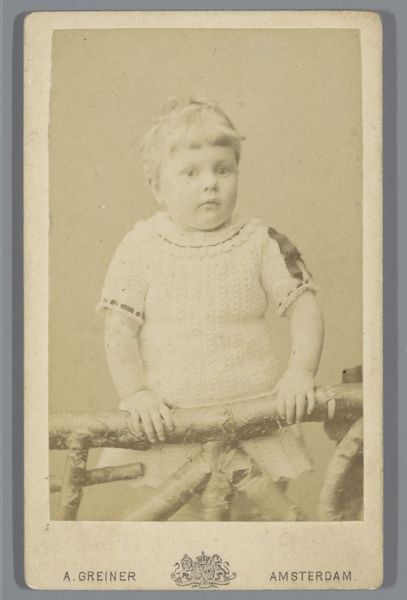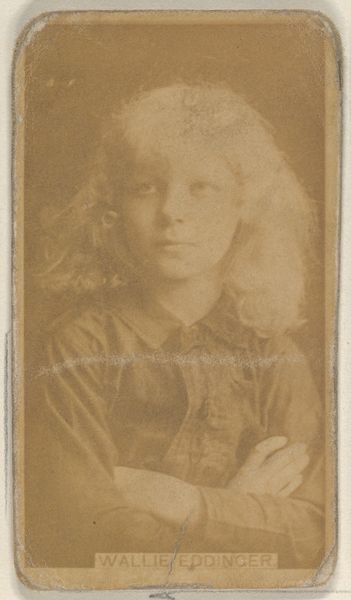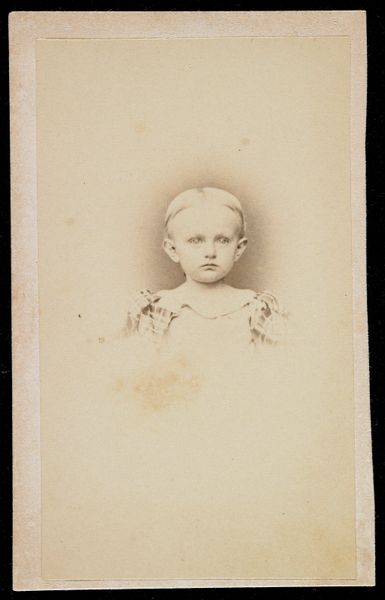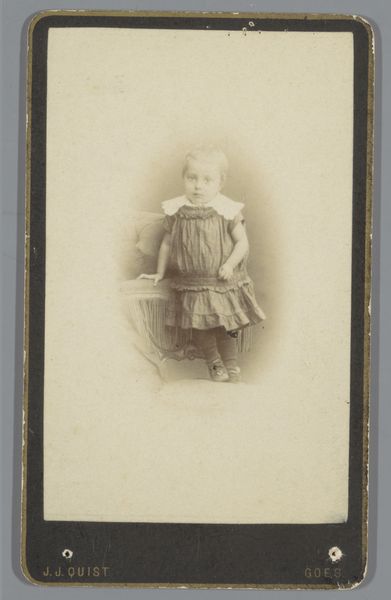
John Wessels, Champion Boy Club Swinger, from the Champions of Games and Sports series (N184, Type 2) issued by W.S. Kimball & Co. 1887
0:00
0:00
drawing, coloured-pencil, print
#
portrait
#
drawing
#
coloured-pencil
# print
#
coloured pencil
#
portrait drawing
#
watercolour illustration
#
genre-painting
Dimensions: Sheet: 2 11/16 × 1 1/2 in. (6.8 × 3.8 cm)
Copyright: Public Domain
Editor: This is "John Wessels, Champion Boy Club Swinger," a print made with colored pencils around 1887 by W.S. Kimball & Co. It reminds me a little of a baseball card. What catches your eye about its construction? Curator: Note the portrait's dual nature. A large head and torso surmount the full-bodied depiction of John Wessels in action. This curious compression flattens pictorial space, yielding what might be considered an aesthetic awkwardness. The mottled background also deserves attention. How does it activate the surface? Editor: The stippling is subtle. It almost makes the card look like a pastel drawing. I also see how the color palette repeats. Curator: Precisely. The echo of reds is a key structural element. The artist deploys this color to demarcate the contours of the figure as well as underscore his performative action at base. This calls attention to a circular motif in the design: head, torso, legs and pins and back up to the boy again, as an endless loop. Editor: That's interesting. It really does encourage the viewer to stay on the card's surface. Do you think it's trying to convey Wessels' energy and his performance? Curator: More than likely. Though representational and commercial, the design cleverly thwarts illusions of depth or reference, bringing awareness instead to its own condition of possibility as line, colour, and shape. These semiotic features become legible by identifying internal structures and formal relations rather than associative symbolism. Editor: It's amazing to consider all the visual subtleties embedded in this small piece of functional art. Curator: Indeed. And close examination provides the tools for accessing that world.
Comments
No comments
Be the first to comment and join the conversation on the ultimate creative platform.
